Menu:
- Home
- TAC-G
- Calendar
- Cybersecurity
-
Projects
- Plans & Documents
- Tribal Medical Reserve Corps
- Tribal CERT
- Tribal RACES
-
Blockwatch
-
Interoperable Communications
- Nation to Nation
- Legislative
- Links
- Grant Opportunities
- Critical Infrastructure Protection
-
Tribal Public Health
- Tribal GIS
-
Public Information Officers
- Upcoming and Past Conferences
![]()
Upcoming Events
NWTEMC Tribal Partners

Colville Confederated Tribes
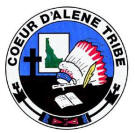
Coeur D'Alene Tribe

Cow Creek Band of Umpqua Tribe of Indians

Cowlitz Indian Tribe

Hoh Indian Tribe

Kalispel Tribe of Indians
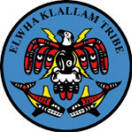
Lower Elwha Klallam
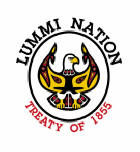
Lummi Nation

Muckleshoot Indian Tribe

Nez Perce Tribe
Nisqually Indian Tribe
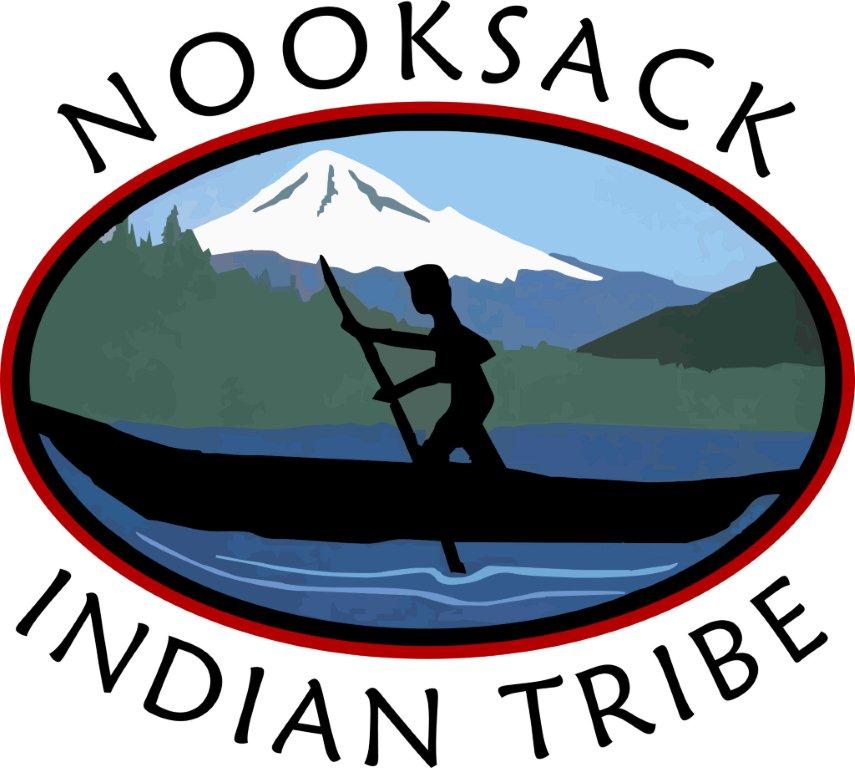
Nooksack Indian Tribe
Quinault Indian Nation

Quileute Nation

Samish Indian Nation
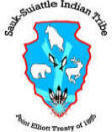
Sauk-Suiattle Indian Tribe
Scammon Bay Native Village, Alaska
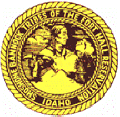
Shoshone-Bannock Tribes
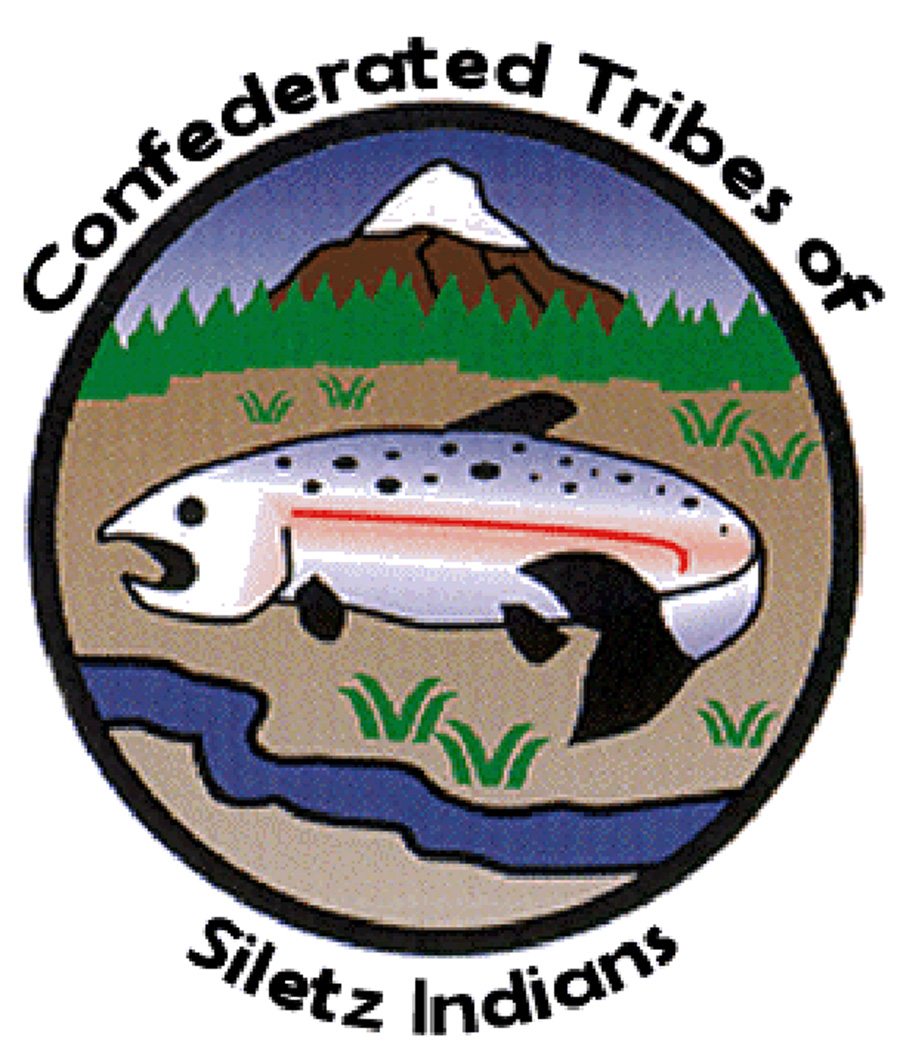
Confederated Tribes of Siletz Indians

Spokane Tribe of Indians
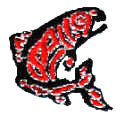
Stillaguamish Tribe of Indians

Swinomish Indian Tribal Community
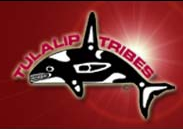
Tulalip Tribes

Upper Skagit Tribe
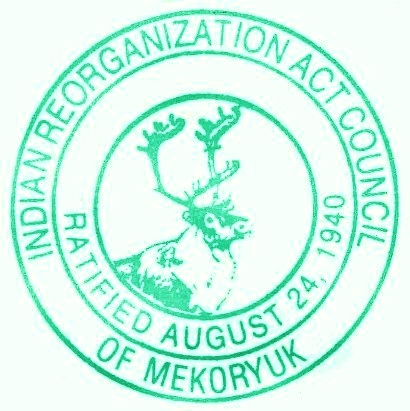
Village Council of Mekoryuk, Alaska
Welcome to the NEW
Public Information Officers Resource Page
Communication during a disaster or incident is critical not just for the responding units but also for the public. After all, they are the people directly affected and they can help or hinder our response depending upon how much they know, when they learn the details and especially how the message is delivered. If the message isn’t clear, timely, focused and understandable, your incident can quickly unravel. This is why the Public Information Officer is a member of the Command Staff in the Incident Command System…to control the message and make it work!
This section on the NWTEMC/NTEMC website is focused on the PIO or anyone who has to fill the position and it provides some insight into the position as well as the responsibilities that come with the title.
Keep in mind that first and foremost, the mission of the Public Information Office(r) is to, “Get the right information to the right people at the right time so that they can make the right decisions.â€
_______________________________________
So, just what does the PIO do? Here’s a quick list of some of their duties. Keep in mind these will vary depending upon the situation, command personality and training/ability of the PIO:
Write Press Releases
Organize Press Briefings
Be a spokesperson
Guide (or steer) the media
Assist in crafting the message
Understand public communication structure
Tailor messages for specific audiences
Be able to monitor/analyze relevant outside information
The PIO does not make command decisions but contributes information to those that do have to make these critical decisions and then they handle the information distribution. The PIO can also provide valuable ‘intelligence’ to the command authority gathered from their network of contacts and information sources. Leadership should depend upon their PIO for information and observation that impacts the decisions that need to be made. The PIO needs to be factual, truthful and insightful.
That’s a quick overview of where a PIO fits in the Incident Command Structure and what they need to understand and be able to do when a disaster or incident occurs within their area.
Welcome to the NW Tribal Emergency Mgmt. Council Website
The NWTEMC is a 501(c)(3) Non-Profit Organization that was
initially
formed in 2004 as a consortium of Tribes in the Northwest region of Washington
State to help Tribes participate in Homeland Security and Emergency Management
preparedness efforts.
Currently the NWTEMC is composed of and serves Tribes in Washington,
Oregon and Idaho for the purposes of information sharing and
solidarity in dealing with homeland security/emergency
management/public health issues as they pertain to Native
Nations.
NWTEMC's Charter and other Incorporation-related documents can be found on our
About page.
Please look around our website. We are constantly updating and enhancing it, so if you would like to see something added please let us know. If you have training events, meetings or other events, we will be glad to add them to our Calendar. If you would be interested in joining NWTEMC please e-mail to info@nwtemc.org. A Sample Resolution as well as a template are shown below:
Sample
Resolution to join the NWTEMC
Generic Sample Resolution to join the NWTEMC (in Word format):
***** * ** * ** * *****
NWTEMC Photos:
http://picasaweb.google.com/nwtemc
Next NWTEMC Meeting:
March 21st, 2013
Hosted by the Muckleshoot Tribe
Muckleshoot Bingo Hall
2117 Auburn Way South
Auburn, Washington 98002
We will be sharing updates
regarding the recent changes to the Stafford Act
Reserve Your Room Early!!!!!!!
Hotel Reservations can be made at:
BEST WESTERN PLUS Peppertree Auburn Inn -
401, 8th Street SW, Auburn, WA
98001-5901
Auburn Toll Free Reservations: 253-887-7600 Auburn Tel:
253-887-7600
Auburn Fax: 253-887-7676
*
***
Visit us on our youtube channel: http://www.youtube.com/user/NWTEMC
Follow us on twitter: http://twitter.com/nwtemc
NOAA's National Warnings
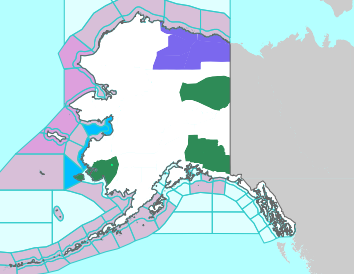
|

American Samoa ·
Guam ·
Puerto Rico ·
Virgin Islands
|

|
The Northwest Center for Public Health
Practice (NWCPHP)
Hot Topics in Preparedness
Northwest Tribal Emergency Management Council: Building Systems Through Partnerships
Description
This online, interactive session provided an introduction to the Northwest Tribal Emergency Management Council (NWTEMC), emphasizing the need and importance of emergency management in tribal nations. The presenters highlighted the partnerships that they have developed with tribes, states, and other entities, the Web site that they maintain for the purpose of sharing information, and the recent planning, response and recovery activities of the tribes as they pertain to the past several disaster declarations in the State of Washington.
To view NWTEMC's presentation click here: HTIP
Coping with Disasters and Strengthening Systems: A Framework for Child Welfare Agencies (.pdf, 1 mb)
Provided by Jenny Holladay, Government Affairs &
Emergency Preparedness Administration for Children & Families U.S.
Dept. of Health & Human Services.
This plan provides a wealth of information on how
to plan for an emergency. It is a big document – a couple of
particular things to reference are the checklists on page 28-29,
36-37, and 42.

